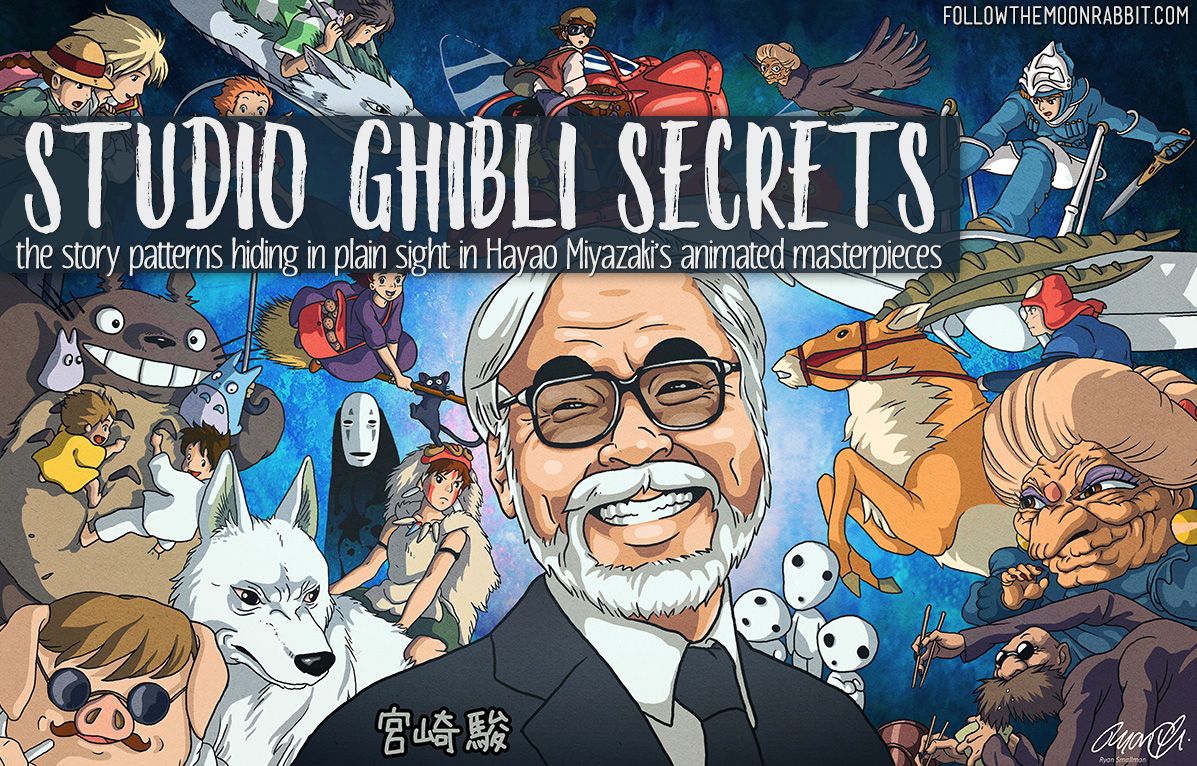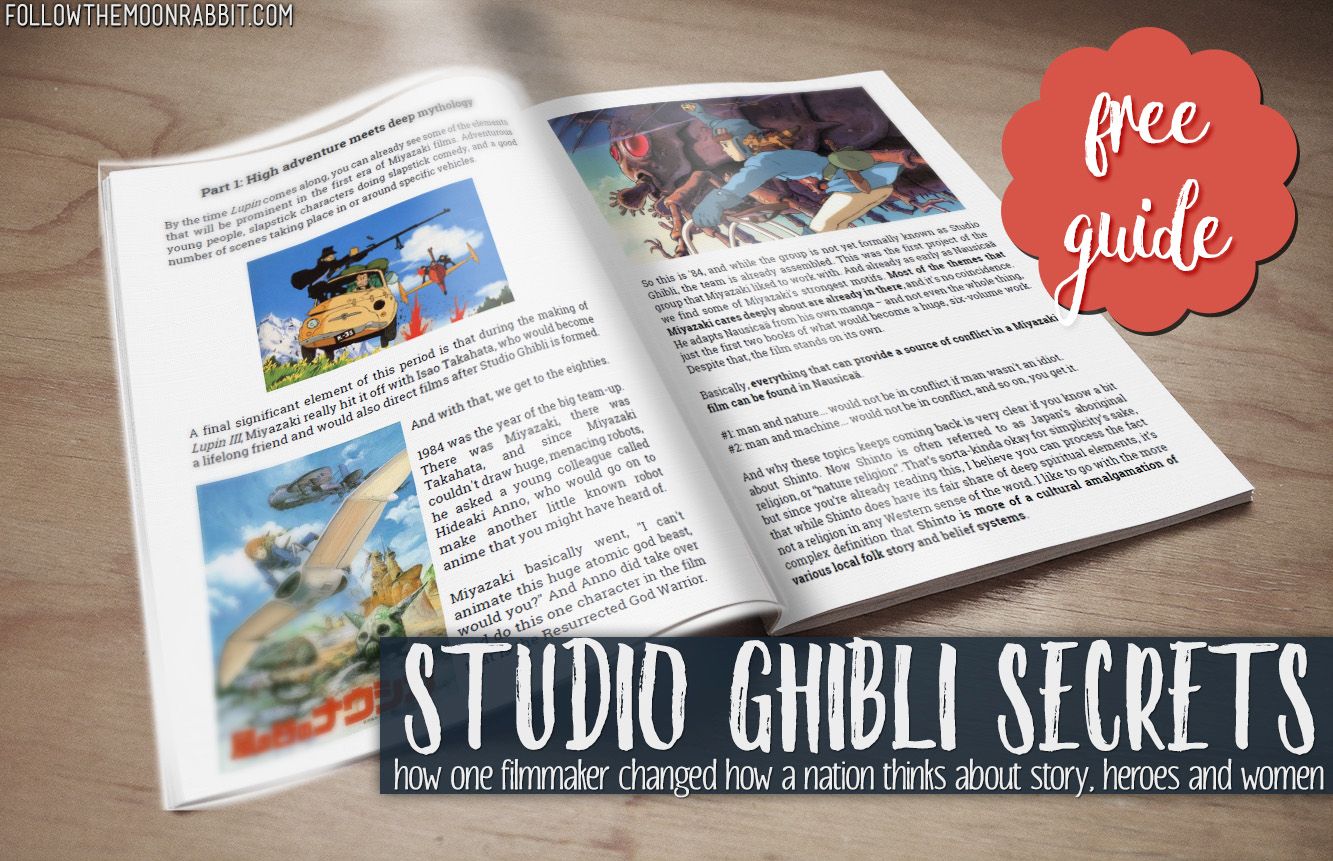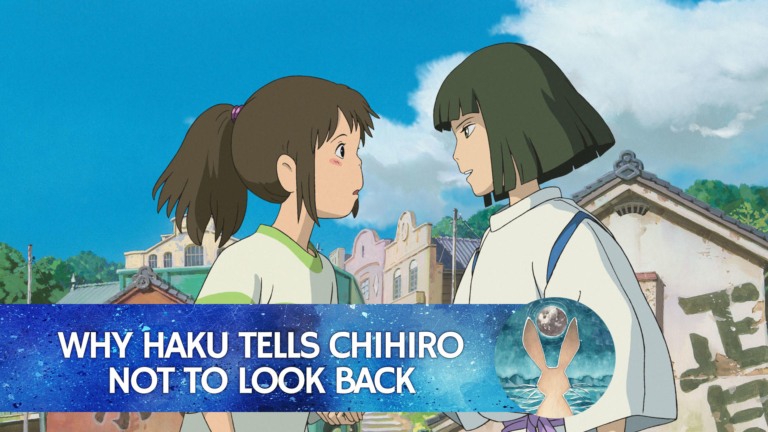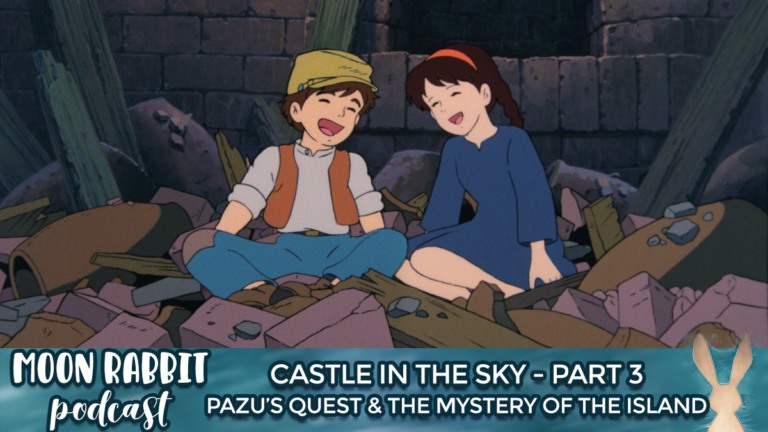
How do you sum up the life work of Hayao Miyazaki in one sentence?
Back in 2014, a local cinema in Budapest called me to ask if I could hold an introductory talk on Hayao Miyazaki before the official premiere of his then-final work The Wind Rises, the Hungarian translation for which I also was in charge of.
So when I got the call my first thought was:
Yes! Finally! I’ll tell them EVERYTHING I know about this guy and ALL his films from my last four years of research! It’ll be a six-hour talk! No, eighteen! No, forty-seven! With 2000 slides! Mwhahahaha!
Then the lady on the other end of the line continued: “you’ll have half an hour before the film”.
I love set timeframes. I really do.
When you have a limited time to talk about your favourite subject, you have to really think: What’s the most important thing? What is the one thread that has to be in there?
So I took a long hard look at Miyazaki’s life work and found three recurring themes.
Wind.
Women.
And revolution.
And for Miyazaki, the three are closely linked.
Studio Ghibli Secrets
There’s a clear story arc woven through Miyazaki’s works, and it looks like this:
- He dedicates his entire life to promoting peace and non-aggressive solutions. (Growing up during the devastation of World War II, that is not a surprise.)
- In his view, the source of what lead to Japan’s destruction in the war was a structure of society based on hierarchy, aggression, the oppression of the weak by the strong, and overreliance on technology.
- Bad systems of society involve rigid class systems, and in good systems of society, classes work together peacefully (if they exist at all).
- As a solution, he proposes empowering women.
- By empowering women, society will be more built on exemplary traits he associates with women like fairness, inclusion, but also wit, practicality, perseverance and hard work.
- Empowering women also leads to a reconnection with the natural world that is mystical, mythological, and altogether better than the current world that humanity has managed to build.
- It is a question of balance. Nature has balance, so should human society. This ties the concept of equality together – equality of genders and equality of classes.
- The best way to reach all generations with this message is through popular film.
- And finally, Miyazaki admits that he believes that he failed.
On the last point, I disagree with him.
I firmly believe Miyazaki reformed Japanese animation. He is one of the reasons that anime can be as serious as it can be, and that it can reach and affect huge audiences way beyond Japan.
He also gave a brand new vision for his country and changed millions of life through his art.
But of course, it also wouldn’t be Miyazaki if he didn’t think that did not amount to much in the end.
What you’ll learn in this guide
Most people who write about Miyazaki interpret him through a Western lens. But if you want to understand his stories fully, you have to take into account the unique context of his upbringing, his connection to Japanese culture and mythology, and how he reacts to the society around him.
This is exactly what I’ve been focusing on in my research of the past few years: on how we, with sometimes very different cultural backgrounds, can understand what Miyazaki says half a world away.
By giving pointers to many Ghibli films below with this approach in mind, you’ll find new ways to see these films even if you’ve watched them all endlessly. But you also don’t need to be a “superfan”: you won’t be lost even if you haven’t seen most or any of his films.
Here are the main topics I cover in the guide:
- Why the sheer amount of movies Miyazaki has made is incredible
- Miyazaki’s base philosophies in Nausicaä of the Valley of the Wind
- Shinto and the difference between religion and mythology
- The Japanese concepts of “now” and “apocalypse”
- The innovations of Laputa, Castle in the Sky
- A university club with a profound effect on Miyazaki’s storytelling
- Why Miyazaki heroes run all the time
- How Japan’s culture connects nature with childhood and divinity
- The two places Studio Ghibli got its name from
- How Miyazaki’s views of women clashes with Japanese’s society
- How Totoro empowers through the mythology of wind
- The social parallels of Kiki’s Delivery Service
- What Porco Rosso has to do with The Wind Rises
- Isao Takahata, Pom Poko and the theme of “we’ve lost something”
- Princess Mononoke and the mediaeval paradigm shift
- How Spirited Away is an initiation film for a generation
- Why Howl’s Moving Castle is a symbol of modern Japan
- Why Ponyo is the film of personal hope
- How Miyazaki’s childhood affects the story of The Wind Rises
- Why The Wind Rises is a prompt to face history
Download Studio Ghibli Secrets

Now it’s your turn!
What was the biggest insight you got from Studio Ghibli Secrets? What was something you never knew about Ghibli films before reading this guide? Let me know in the comments!
Also, please take a minute and think of three friends who you know is a Ghibli fan and would benefit from reading this guide, and send them the link to this page. You’ll help them out, and you’ll help me out! 🙂


Leave a Reply